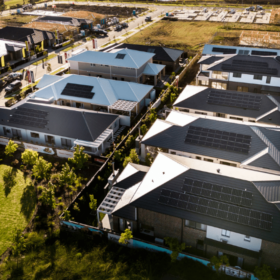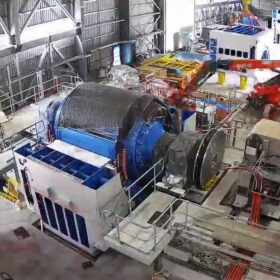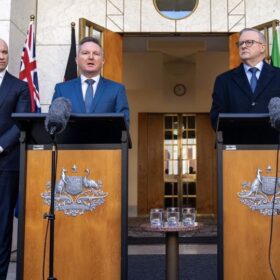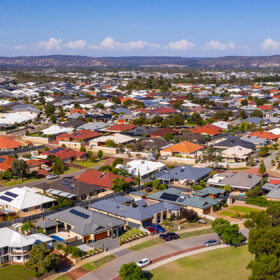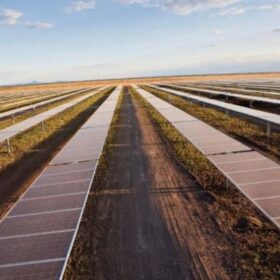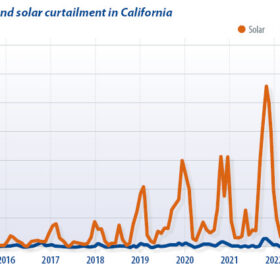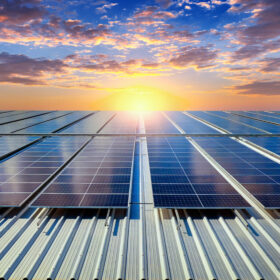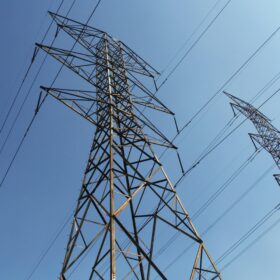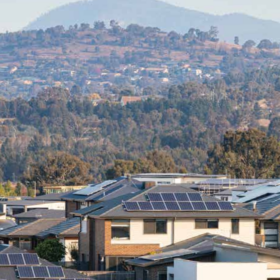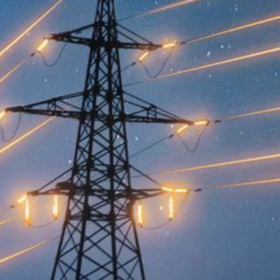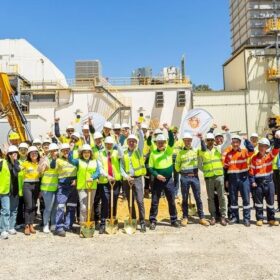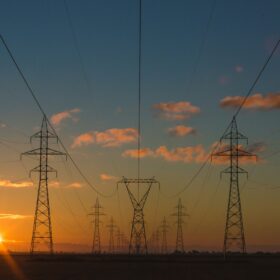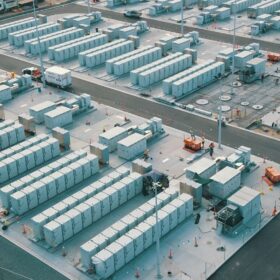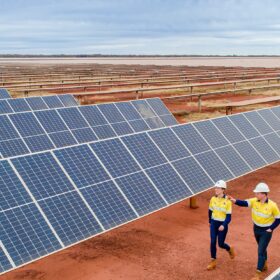AEMO reinforces role of rooftop solar in energy transition
The Australian Energy Market Operator’s latest Integrated System Plan has stamped the role rooftop solar will play in the nation’s energy transition, revealing that the total capacity of rooftop PV and other distributed solar in the nation’s main grid is forecast to rise from 21 GW to 86 GW by 2050.
Transgrid turns to synchronous condensers to safeguard system strength
New South Wales power grid owner Transgrid is looking at rolling out up to 14 synchronous condensers and 4.8 GW of batteries with ‘grid forming’ capability to protect and strengthen the security and stability of the electricity grid as coal-fired power plants retire and more renewables come online.
Former NSW energy minister to chair Climate Change Authority
Former New South Wales energy minister Matt Kean has been appointed the new chair of the federal government’s Climate Change Authority.
Court issues $40,000 fines for rooftop solar licence-sharing scheme
Two Western Australian companies and three people have been fined almost $40,000 for an illegal electrical licence-sharing arrangement involving 25 rooftop solar installations at properties in the state’s southwest.
National tender flooded with 40 GW of clean energy projects
Australia’s first national Capacity Investment Scheme auction has been inundated with expressions of interest, with the federal government revealing that investors have tabled 40 GW of new renewable energy generation projects such as wind and solar.
Weekend read: Time to talk curtailment
It’s time to assess curtailment, as rising amounts of excess generation are being wasted in several markets. This can be problematic for the solar industry but Toby Couture and David Jacobs, coordinators of think tank Global Solar PV Brain Trust, argue that curtailment is not always bad.
New South Wales legislates $1 billion clean energy investment body
Legislation to establish the Energy Security Corporation has passed in the New South Wales parliament and will be seeded with $1 billion for accelerating private clean energy investments, and specifically not to invest in nuclear or carbon capture and storage.
Cyber threats to energy market prompts possible rule change
The Australian Energy Market Commission is considering a rule change to clarify the Australian Energy Market Operator’s role in maintaining the cyber security of the nation’s electricity system.
ACT kicks off 20-year plan toward 100% electrification
The Australian Capital Territory’s first of three Integrated Energy Plans paves the way to an all-electric, zero emissions future, starting with a focus on a just transition for all residents.
Dutton plans nuclear reactors at seven sites in five states
Federal Opposition leader Peter Dutton has unveiled the first details of his long-awaited policy for nuclear power, announcing seven sites for reactors, promising that the first sites can be operational in the 2030s.
